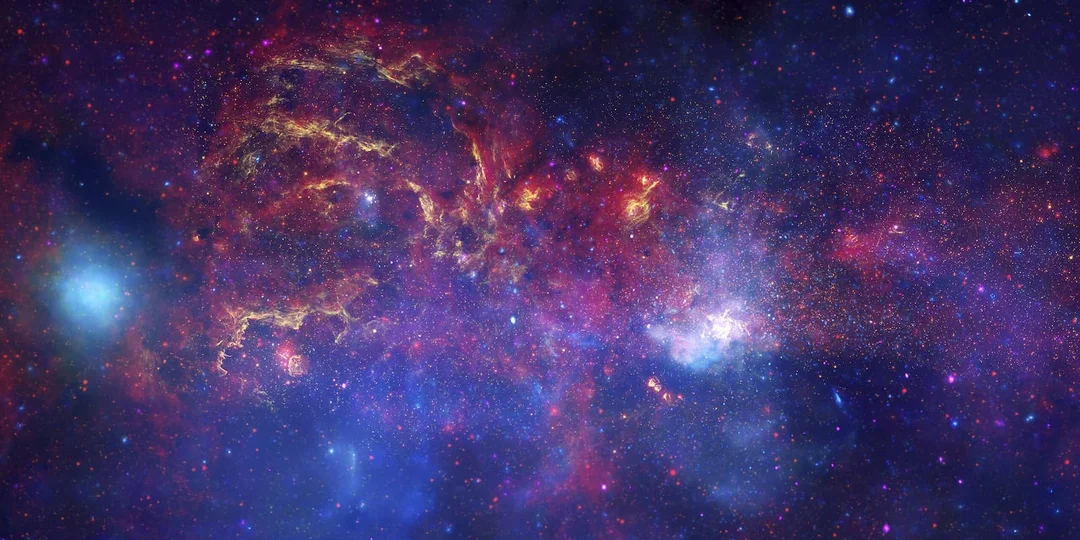
Protoplanetary Disks Discovered in Milky Way’s Turbulent Center: A New Era for Understanding Planet Formation
Astronomers have made a groundbreaking discovery: a multitude of protoplanetary disks swirling within the heart of the Milky Way's Central Molecular Zone (CMZ). This turbulent region, long considered an unlikely place for planet formation, is now revealing its secrets, challenging existing theories and opening a new chapter in our understanding of how planetary systems arise. Why is this important? Because it suggests that planet formation might be far more resilient and widespread than previously imagined, thriving even in the most extreme galactic environments.

A recent series of studies, highlighted in phys.org, details this exciting finding. Researchers, including teams from the Kavli Institute for Astronomy and Astrophysics at Peking University (KIAA, PKU), the Shanghai Astronomical Observatory (SHAO), and the University of Cologne (UoC), used the powerful Atacama Large Millimeter/submillimeter Array (ALMA) in Chile to peer through the dense dust and gas of the CMZ. What they found was astonishing: evidence of over 300 potential disk-forming systems within just three CMZ clouds.
"We were astonished to see these 'little red dots' cross the whole molecular clouds," said Fengwei Xu, a doctoral researcher at the University of Cologne. These 'red dots' represent dense cores, the birthplaces of new stars, and their unexpected redness points towards the presence of protoplanetary disks or unusually large dust grains formed within those disks.

This discovery challenges previous assumptions that planet formation is primarily confined to calmer, less-dense regions of the galaxy, like the neighborhood of our own Sun. The CMZ presents a far more extreme environment, characterized by intense turbulence and high pressures. The fact that protoplanetary disks can form and potentially survive in such conditions suggests that the ingredients for planetary systems may be more prevalent throughout the universe than previously thought. As reported by The Planetary Society, the study, published in Astronomy & Astrophysics, reveals that planet formation processes may vary across different galactic environments, shedding light on planet formation processes that may vary across different galactic environments.
The astronomers suspect the “redness” could be from smaller, optically thick structures, likely protoplanetary disks, absorbing shorter wavelengths. Alternatively, it could be from unusually large dust grains, possibly expelled from protostellar outflows. Either explanation points to the abundance of protoplanetary activity.
The research team, including Professor Xing Lu from the Shanghai Astronomical Observatory, employed a "dual-band" technique, observing the clouds at two distinct wavelengths simultaneously. This method provided crucial spectral data on their composition and structure, allowing them to resolve structures as small as 1,000 astronomical units, despite being 17 billion AU away. The result? A startling revelation of the potential for planetary formation even in the CMZ’s harsh environment.
These findings are a significant step towards understanding the diversity of planet formation across the Universe. It raises essential questions: Can these early disks evolve into full planetary systems in such an extreme environment? How might the conditions in the CMZ alter the composition and architecture of these planets?
The discovery ofprotoplanetary disks in the Milky Way's CMZ marks a pivotal moment in astrophysical research. It highlights the resilience of planet-forming processes and hints at a universe teeming with potential planetary systems in places we never expected to find them. What are your thoughts on this discovery? Do you think this finding will lead to the discovery of planets in other extreme environments? Share your opinions and insights in the comments below!